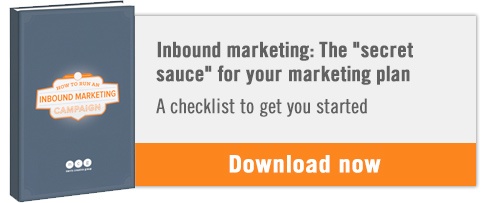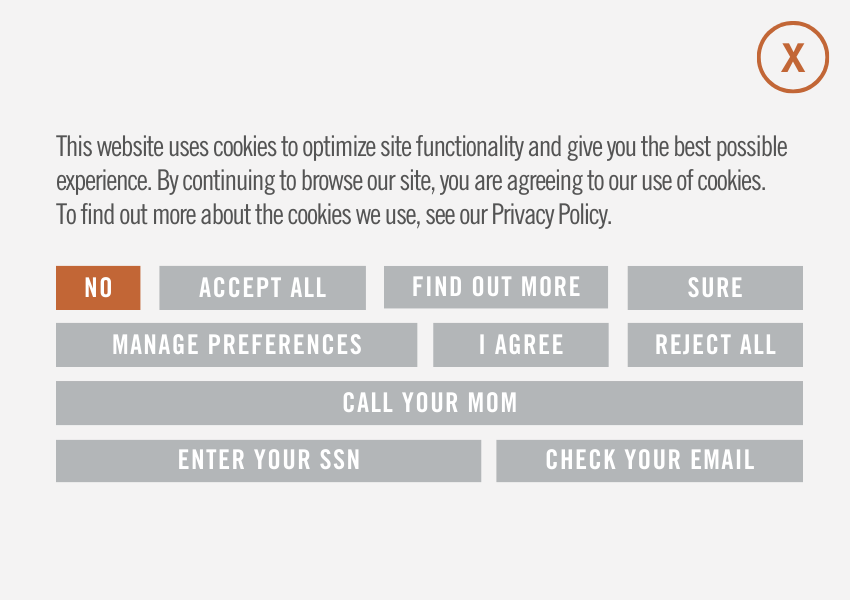Growth-Driven Design: Overcoming the Pitfalls of the Traditional Web Design Process
One thing you’ve likely learned about traditional website design if you have any experience with it at all, is the expense involved. Because of the excessive money spent, you probably don’t plan to do any tweaks or redesigns soon if you’ve recently built a website traditionally. After all, the goal of a traditional website design is to create everything at once, then take on redesigns far down the road. But luckily, that’s all about to change.
This kind of approach just doesn’t work in a more unpredictable and fast-paced business world. What would you do if you had to make sudden changes to your site due to re-branding, something going on in the world, or perhaps unique customer demands?
Growth-driven design is a better solution, and it’s marking the beginning of a far more intelligent approach to designing websites. Decision-makers in various industries are turning to this process because it provides a more agile structure to web design. Now you can tweak things along the way as you take customers through the inbound marketing funnel.
Let’s take a look at the major steps involved in GDD, and how it applies to websites in a variety of industries.
Start From a Launch Pad
One of the first major strategies in growth-driven design is to create customer personas so you completely understand the audience you’re targeting. Growth driven design is based on the principal of catering your site to your specific buyer personas, in order to give them the most individual experience possible.
By laying the groundwork, you’re able to create a design and content to which you now customers or prospective customers will gravitate. At the same time, you’ll also want to conduct a website audit that gathers information on how those visitors instantly react to what you provide. While you’re completing your website audit, start making a list of all the features you absolutely need to have a functioning, successful site.
After you have your list of necessities, it’s time to create a “Launch-Pad Site.” As mentioned, the Launch-Pad site is a bare-bones version of your final website that is launched as quickly as possible, usually within a month. On this initial site, you’ll be setting up data collection points to gather user information about how visitors interact with the site. Collecting this user data will then inform the next additions to your website.

The whole point of growth-driven design is to get the website up now and evolve it along the way based on how visitors react to it. Traditional design is a completely different process that involves weeks or months of designing, only to become outdated just as fast.
Creating a Wish List
The next phase in the process is to create a website wish list, or what you’d like to place on your website later as it evolves. Having this available is one of the most valuable aspects of GDD, because it gives you a list of ideas you can place on your website when the time comes. These items can include:
- Adding/Editing conversion points on your site
- User experience improvements
- New marketing assets/collateral
- New products/services
- Updating content
You’ll want to use the data that you’ve collected from your Launch-Pad site to make the decisions on what to add to your website next. As you analyze data over time from visitor reactions, you should be able to determine the next “must-haves” on your website. There is a guideline when it comes to adding wish list items to your site called the 80/20 rule. This rule states that 20% of the items that you add from your wish list will provide 80% of the results. The key here is to focus on the most promising items first to generate the most possible return, before moving on the “nice-to-haves” on your list.
Ongoing Development
Sometimes known as iterative development, your next stage in GDD is slowly adding improvements to your website over a period of time. Usually this works in what’s known as “sprints”, or time intervals where you add new design elements.
First, you need to set up a plan where you know exactly what you’ll add through each sprint. Then you’ll go into the development phase where you work with each member of your design team to create the new design elements based on user feedback.
Afterward, you’ll go back and review what the reactions are again from users and adjust what’s changed. A major aspect in GDD is being able to work with your design team collectively so everyone plays a role in what happens on your site.
Find any method you can to share user feedback with everyone involved with your site’s creation. Through experiments, you’ll realize what actually works and what doesn’t in just hours or days. Now you won’t get stuck with a website you can’t easily update or change due to circumstances beyond your control.
Your website is the single most crucial aspect of your digital marketing strategy. And with the introduction of Growth-Driven Design, you can ensure that this vital tool is always optimized for converting traffic to leads for your business. If you’re ready to tackle a full-scale website redesign, and you aren’t sure if GDD is right for you, let’s talk. We’re more than happy to talk about how Growth-Driven Design can help you reach your business goals.








